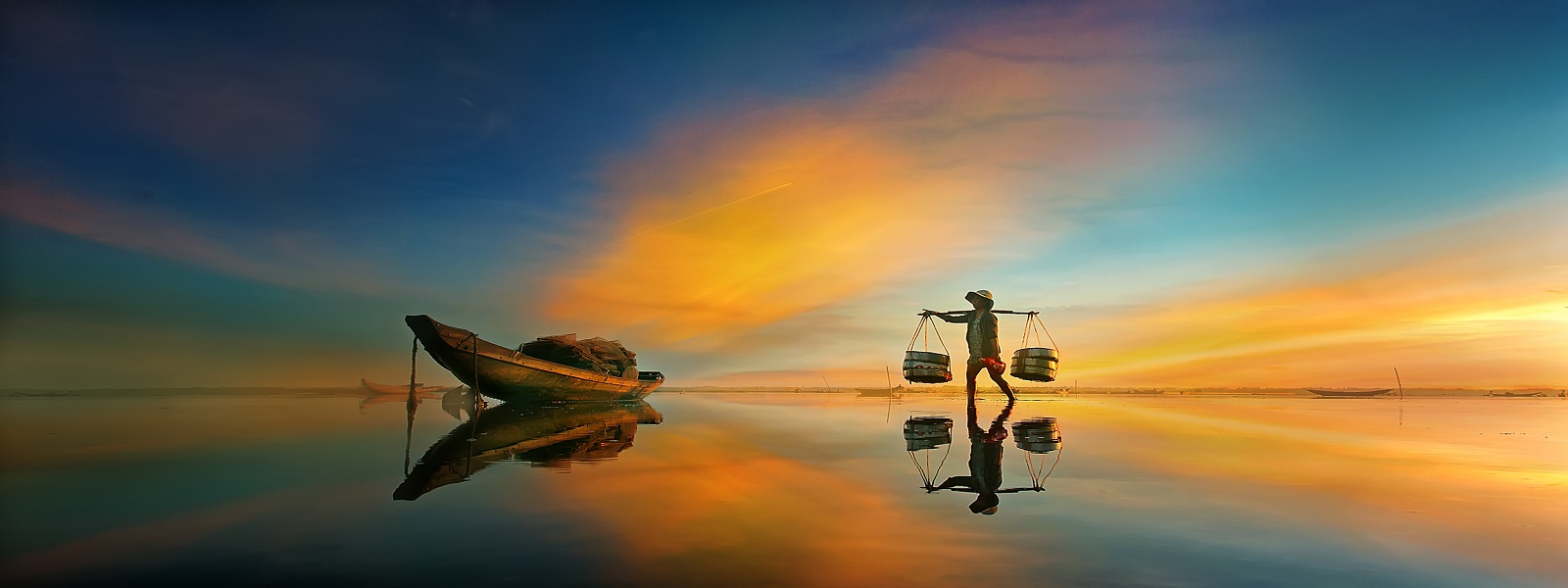- Never carry more money than you need when walking around the streets. Do not wear large amounts of jewelry. It is more likely that you may become a victim of a pickpocket or drive-by bag snatcher.
- Don't be paranoid about your security; just be aware of your surroundings.
- Don't wear singlets, shorts, dresses or skirts, or tops with low-neck lines and bare shoulders to Temples and Pagodas. To do this is considered extremely rude and offensive.
- Avoid giving empty water bottles, sweets and candies or pens to the local people when trekking through ethnic minority villages. You cannot guarantee that the empty bottles will be disposed of in a correct manner, and the people have no access to dental health. If you want to give pens, ask your guide to introduce you to the local teacher and donate them to the whole community.
- Never sleep or sit with the soles of your feet pointing towards the family altar when in someone’s house.
- Never lose your temper in public or when bargaining for a purchase. This is considered a serious loss of face for both parties. Always maintain a cool and happy demeanor and you will be reciprocated with the same.
- Do not try to take photographs of military installations or anything to do with the military. This can be seen as a breach of national security.
- When taking a ride by motorbike taxi (xe om) make sure your bag, if any, is not on display or easy to grab. Bag snatches, although still rare, are probably the most likely crime a tourist would encounter, and it raises the probability immensely if you are tailing a camera or a laptop in the wind.
- Physical displays of affection between lovers in public are frowned upon. That’s why you may come across couples holding hands but not hugging or kissing.
- Remember, this is Vietnam, a developing country, and things don’t quite work as you are maybe used to. Don’t be paranoid about your safety; just be aware of your surroundings.
- Do not carry your passport a leave it in the safe in your hotel. A photocopy will suffice if local law states that you need to.
